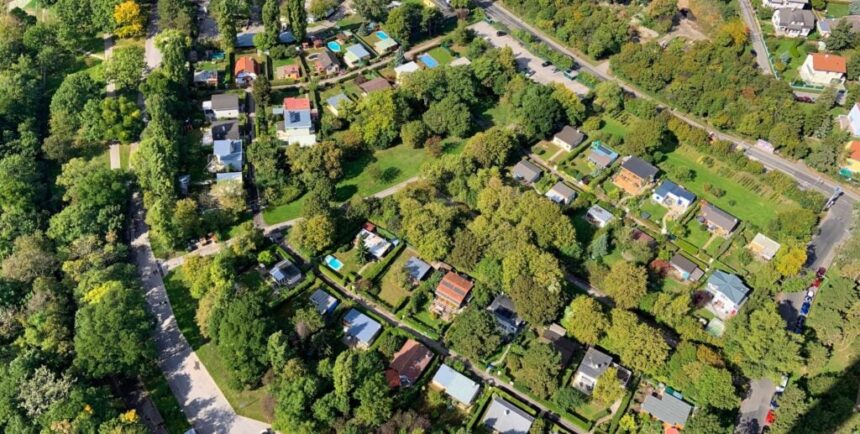The massive shift toward suburban housing may have started as a pandemic lockdown-inspired grab for space back in 2020, but almost three years later, the trend is still going strong.
Just look at housing’s hottest ZIP codes, as published by Realtor.com last month. Almost all of them are big-city suburbs, offering affordable prices and an easy commute to nearby metros.
Suburbs also claim the nation’s highest vacation rental occupancy rates and have seen more housing value growth as well.
The question is whether these trends will continue. And if so, what does it mean for investors? Here’s what the data tells us.
Why the Suburbs Are Hot—And Will Stay Hot
The ‘burbs will likely remain in high demand, at least for the next decade or so. For one, a massive amount of the population is aging into their prime homebuying years.
As Eric Finnigan, vice president of research and demographics at John Burns Research and Consulting, puts it, “Suburbs and exurbs will grow the fastest. 7.3 million-plus additional 30-to-49-year-olds between 2020 and 2030 will push demand for housing into the suburbs due to people moving from more expensive urban areas and needing more space.”
Sure, space and pricing are part of it, but it’s not that simple. There’s also today’s shifting work environment—one that’s moving away from fully remote arrangements toward a more hybrid-type model—to consider, too.
According to Gallup, more than half of Americans currently have some sort of hybrid work schedule, heading to the office some days and working remotely from home the others, and nearly 60% of workers want to have a hybrid schedule in the future.
Those workers will need to stay near their big-city jobs but will also still need a comfortable, remote work environment (and that’s what originally kick-started this shift toward the suburbs in the first place).
Investing in Suburban Real Estate
An influx of new homebuyers certainly won’t make it easy to invest in suburban real estate, but the returns just may be worth it. According to Redfin, as of June, the total value of suburban real estate is up to $29.1 trillion—up from just over $10 trillion barely a decade ago.

Suburban properties also make for successful vacation rentals. In fact, according to one ranking, suburbs actually claim the highest occupancy rates in the nation. Specifically, Hialeah, Florida (a suburb of Miami) and Roseville, California (a Sacramento suburb) claimed the top spots.
Suburban commercial investments could even be smart. Last year, suburban retail vacancies were lower than urban ones for the first time in a decade. Rent growth was also higher.
“Well-developed suburban areas present a unique opportunity to cater to a clientele that is shopping close to home,” commercial real estate firm CBRE wrote. “We expect the success of the suburban shopping center to continue.”
Ready to succeed in real estate investing? Create a free BiggerPockets account to learn about investment strategies; ask questions and get answers from our community of +2 million members; connect with investor-friendly agents; and so much more.
Note By BiggerPockets: These are opinions written by the author and do not necessarily represent the opinions of BiggerPockets.









